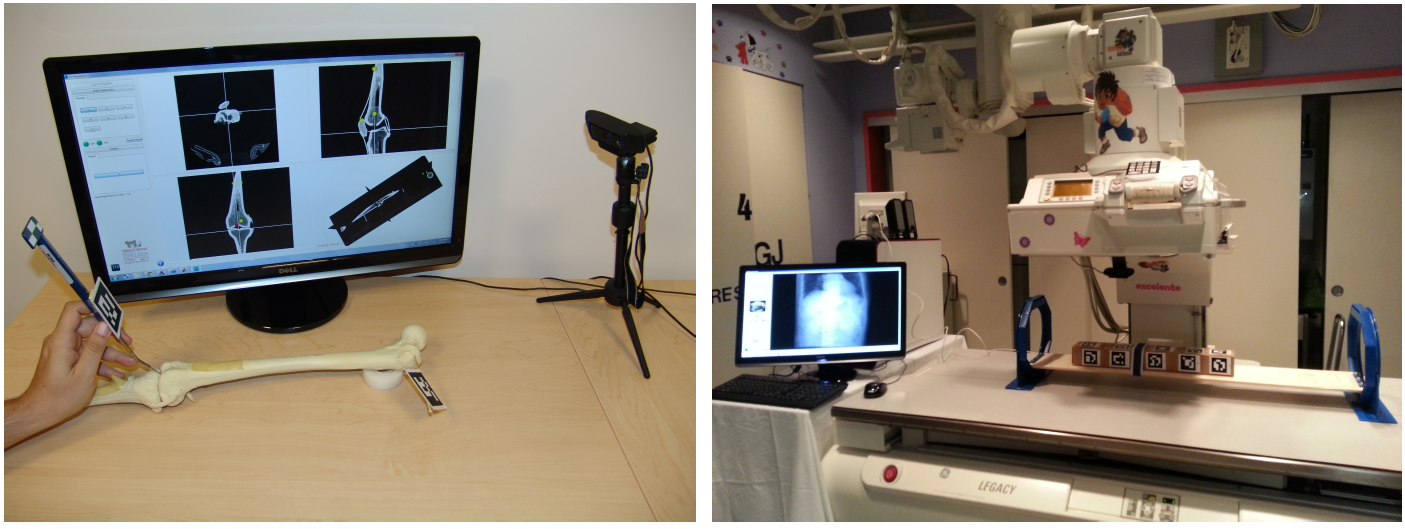
by Ziv Yaniv
Clinical training is currently still primarily based on the apprenticeship model; one learns new procedures by observing them and then practicing while providing patient care. This model is at odds with a key ethical principal “Primum Non Nocere” – Above All, Do No Harm. In addition, this training approach is limited to the clinical cases that occur during the training period. Complicated cases may not necessarily be encountered, thus limiting the physician’s practical experience. About twenty years ago these observations lead researchers to propose simulation as a potential solution, a required intermediate step before one provides patient care. The question we raise here is, why hasn’t simulation significantly changed the clinical training model?
While simulation has made inroads into medical training it is still most often limited to specialized centers due to the high costs associated with the technology. For a hospital to purchase and maintain expensive simulators that are only utilized when a new class of residents starts their training is financially impractical. This is particularly of interest in the context of computer-aided surgery (CAS). These systems are complex and have non-trivial workflows, yet they can be readily used as simulators when applied to anatomical phantoms or animal models. Why is it then that we do not see simulation based training of CAS systems at every location where they are in clinical use? Two reasons that come to mind are the cost of using the clinical settings for activities other than providing clinical care and issues of animal care and use in a hospital setting. Thus a physician that does learn to use a CAS system in a simulation setting does this at specialized centers, often in a short course organized by a system’s vendor. At the end of this training they are expected to be familiar with the system’s workflow and master the motor skills associated with it.
This form of training has one major drawback; it is targeted toward one person and not a team. Step into any interventional or surgical setting and you will realize that medical procedures involve a team. It is definitely not sufficient to train the team captain and none of the other participants. While only the physician is required to master the motor skills associated with operating the CAS system, all other participants must also be aware of the expectations of these systems and how they can affect their performance. It should be trivial for the physician to direct a team member to change the displayed view, all team members should know that after the registration step you do not move the patient’s reference frame, and a variety of other system specific limitations and expectations. With the current cost of CAS systems and simulators providing simulation training to all team members is simply too expensive. There is a clear need for cost effective high fidelity simulation solutions.
These observations have led us to develop two low cost simulation systems, shown above. The first system is a tabletop CAS system that serves as a platform for teaching the principles of image-guided navigation. This tabletop system can be used in a classroom or home setting and is freely available. It can be used to train the whole team with minimal costs. The second system that we developed aimed at improving the motor skills of radiology residents in using a fluorscopy system to acquire desired views for the voiding cystourethrography examination.
We believe that development of similar cost effective systems will increase the usage of simulation as a training tool and enable training of all team members with acceptable costs. We also note that the need for cost effective solutions is not specific to simulation, as evidenced by the ISCAS society recently introducing the “ISCAS Kikuchi Frugal Technology Award”. In summary, we should all keep in mind that the cost of technological innovation has a significant impact on its adoption and usage, something we often forget.
Ziv Yaniv, TAJ Technologies Inc. and National Institutes of Health, USA

Leave a Reply